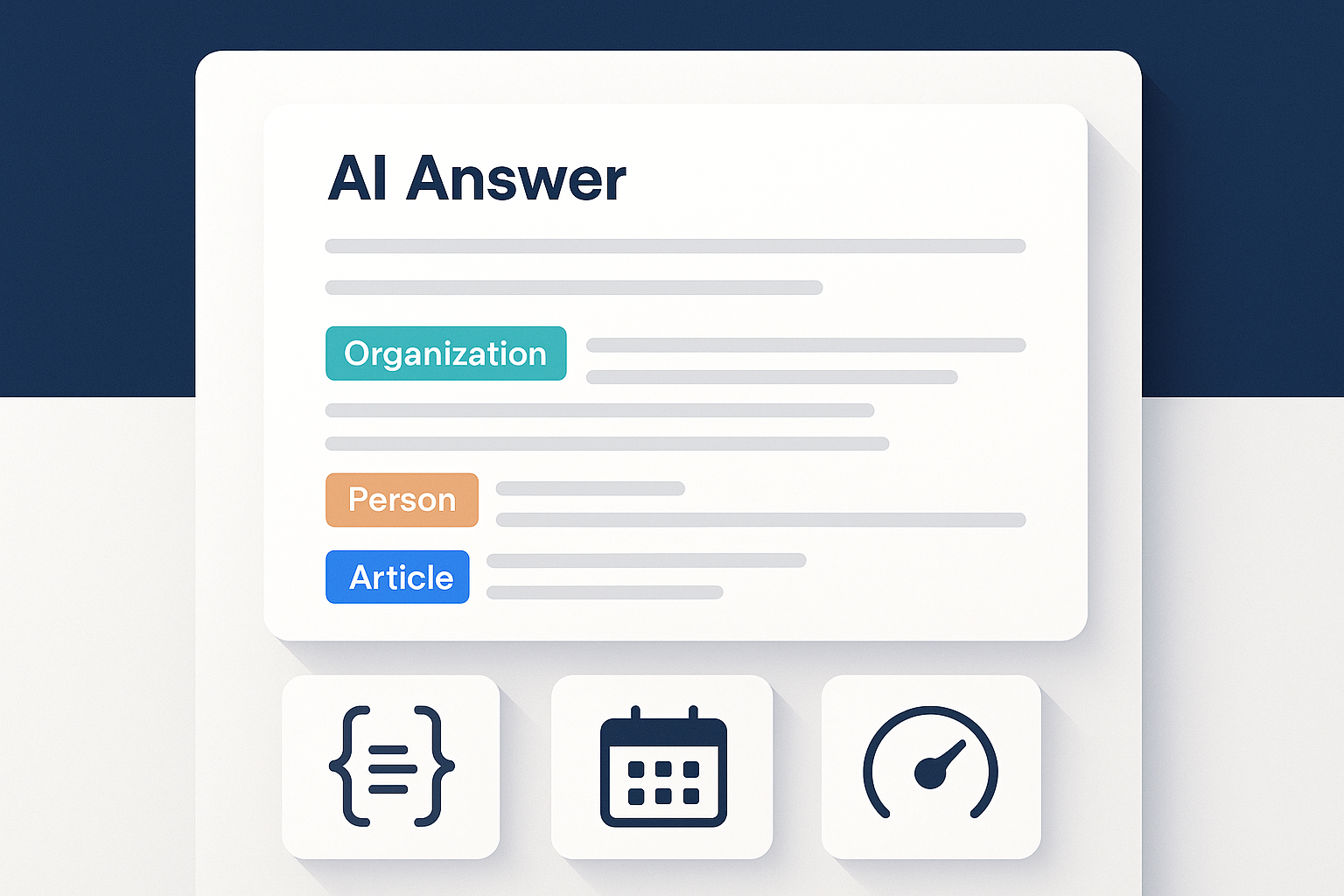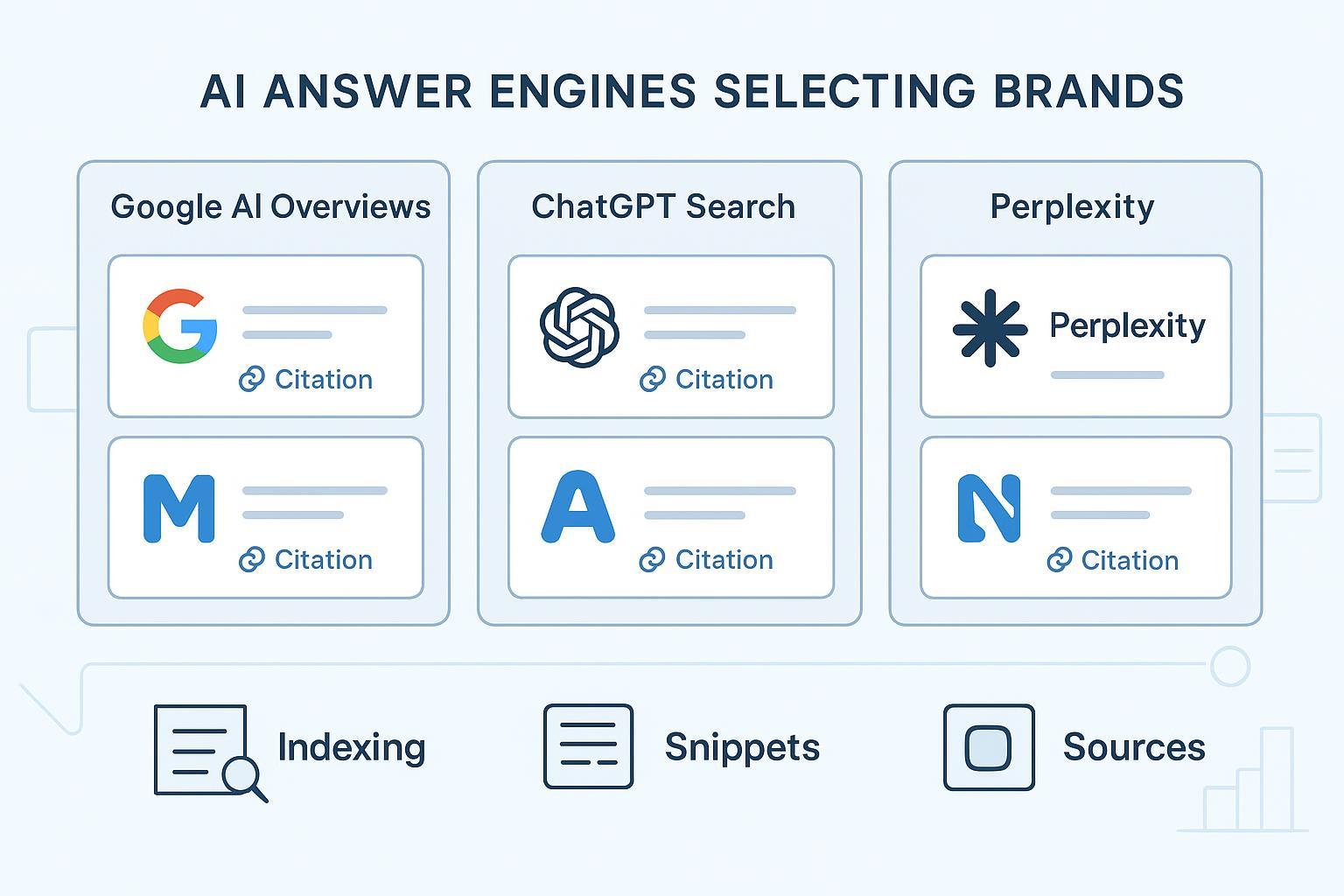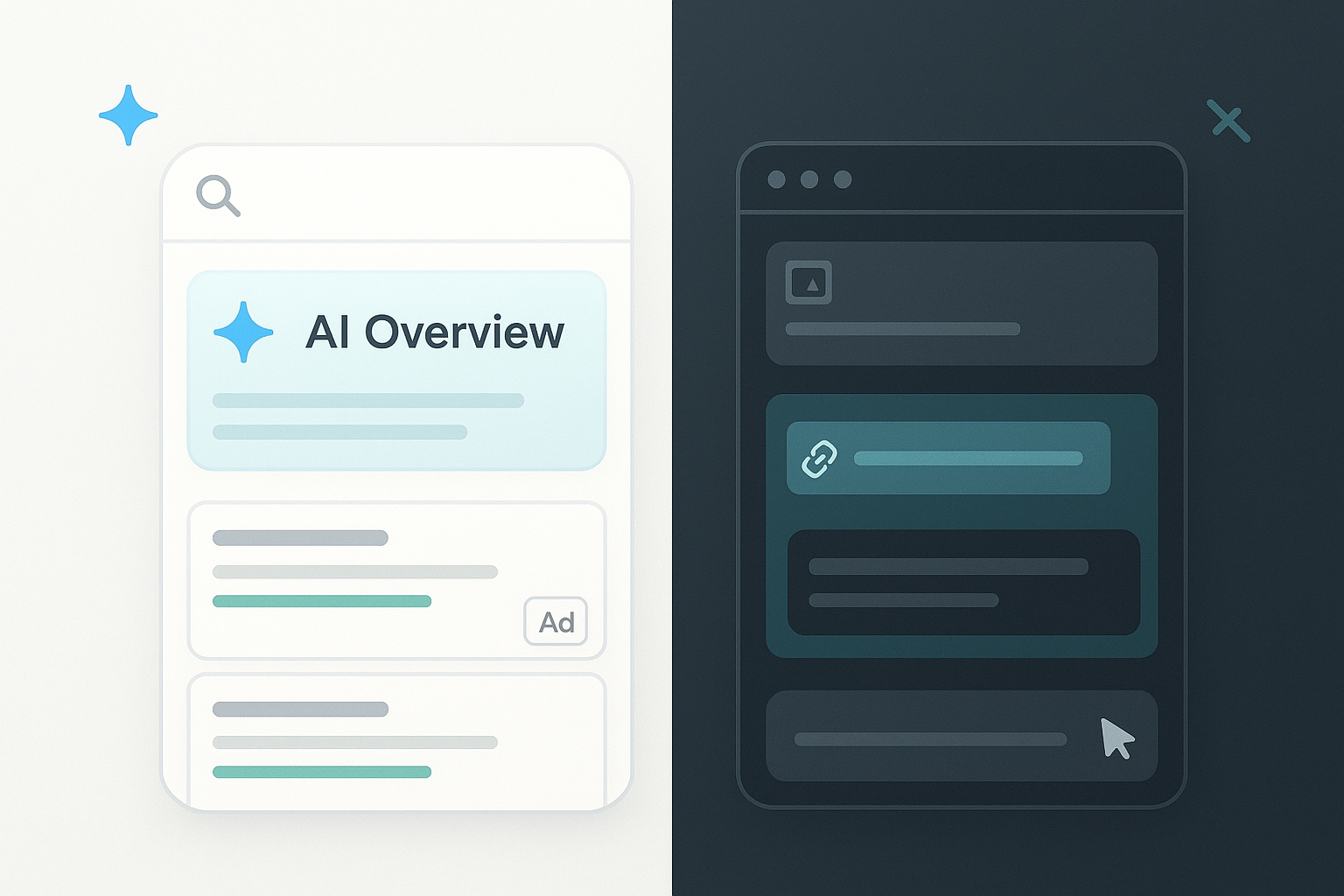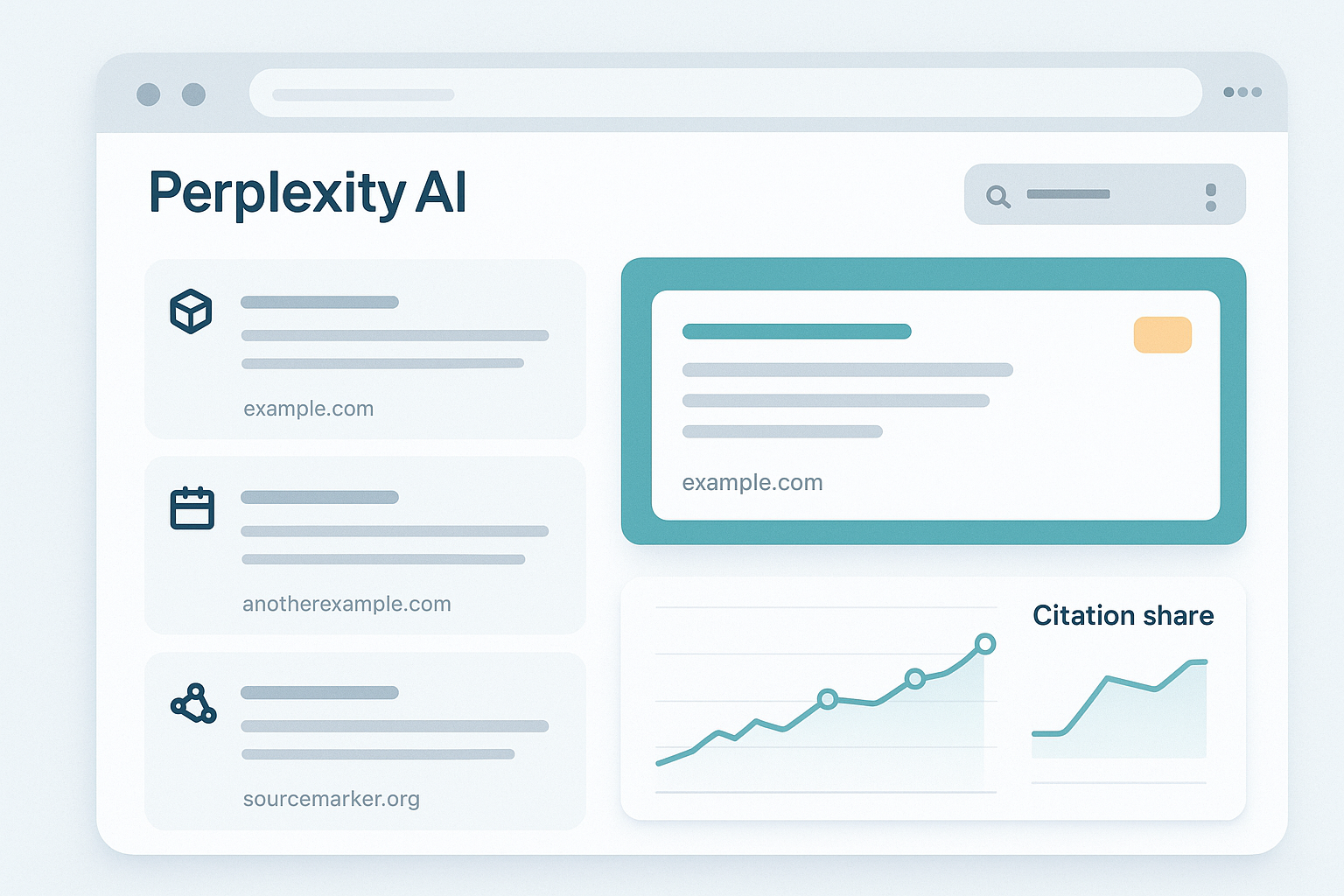10 Best Google AI Overview (AIO) Tracking Tools for China GEO Teams (2025)
Discover 10 top Google AI Overview (AIO) tracking tools for China-based GEO teams in 2025. Compare features, China access tips, and boost your search visibility. Try geneo.app!

If your team sits in mainland China or Hong Kong but you’re responsible for English‑language markets, tracking whether your brand is cited inside Google’s AI Overviews (AIO) can feel like flying blind. Google Search Console currently blends AI Mode/AIO traffic into overall Web data, so you cannot isolate AIO performance in native reports. Google notes in its AI features documentation that AI answers include links to web sources and are counted within Web search reporting as of mid‑2025, but there’s no separate AIO slice to analyze. See the explanation in Google’s own guidance in the AI features in Google Search (2025) documentation.
At the same time, operating from mainland China requires compliance‑safe connectivity. As a legal baseline, only MIIT‑approved corporate VPNs are permitted; policies and enforcement can vary, so align with your company’s legal and IT teams. For a clear overview of the regulatory context, refer to the Rödl & Partner advisory on internet/VPN in China (2025).
This guide curates practical, tested tools that help China‑based multinational teams measure AIO triggers and citation inclusion, with clear caveats on access and setup.
How we evaluated tools (and what to expect)
We focused on tools updated in 2025 and scored them on:
AIO tracking capability (30%) and citation inclusion detection accuracy (20%)
Cross‑AI coverage (15%) beyond Google (e.g., ChatGPT, Perplexity)
Evidence quality/recency (15%) and workflow integration (10%) such as alerts, exports, APIs
China‑access feasibility (10%): remote data collection, dashboards accessible under corporate policy
Important context for beginners:
Google Search Console doesn’t break out “AIO” as its own channel yet; you’ll be triangulating with third‑party trackers.
Prioritize tools that run remote checks from your target markets (US/EU) and let you consume results via dashboards, CSV/JSON, or APIs from within China.
When optimizing content for inclusion, aim for clear citations, structured data, and strong E‑E‑A‑T signals. If you need a quick primer on content quality signals for AI‑search contexts, this practical overview of AI‑generated content workflows and quality cues can help ground your playbook.
The short answer (use‑case mapping)
Need enterprise‑grade cadence and reporting? Start with AWR or SE Ranking; evaluate seoClarity at the top end.
Local SEO and Google Business Profile focus? Local Falcon’s geo‑grid + AIO visibility is pragmatic.
Developer or automation‑heavy teams? Consider ZipTie.dev for exports/webhooks.
Budget‑friendly or SMB‑ready? Morningscore and SEO PowerSuite’s Rank Tracker are approachable.
Cross‑AI GEO visibility (not just Google)? Add geneo.app to your stack.
The 2025 lineup: Best AIO tracking tools for China‑based GEO teams
Each card includes key capabilities, best fit, pricing notes (subject to change), and China‑access tips.
1) Advanced Web Ranking (AWR) — Enterprise AIO tracking with regional precision
What it does well:
Tracks whether a keyword triggers AIO and which domains are cited; includes filters and dedicated engines for Google Universal + AI Mode.
Robust regional support (desktop/mobile), frequent updates, exports, and APIs in higher tiers.
Scales for thousands of keywords and scheduled cadences.
Best for: Global SEO leads who need repeatable, region‑specific reporting for headquarters.
Not for: Very small budgets or teams without time to configure detailed projects.
Pricing: Tiered plans (e.g., Pro/Agency/Enterprise); confirm current options and AIO eligibility on vendor site.
Evidence: Feature coverage and setup guidance are documented in the AWR help on AI Overviews and AI Mode tracking (2025).
China notes: Configure projects to run from US/EU engines; access dashboards or exports from China under your corporate VPN policy.
2) geneo.app — Cross‑AI GEO visibility with alerts and suggestions
What it does well:
Monitors visibility across Google AIO/AI Mode and other engines (e.g., ChatGPT, Perplexity) with historic tracking and alerts.
Adds GEO‑oriented suggestions (FAQs, schema candidates) to help improve inclusion prospects.
Best for: Multinational teams that want one view across multiple AI engines, not just Google.
Not for: Organizations that only need a narrow Google‑only checker.
Pricing: Flexible tiers and free trial; confirm current packaging on site.
Evidence: Product scope and cross‑AI positioning are described on the geneo.app homepage (2025).
China notes: Use from China via corporate‑approved connectivity; rely on remote checks in target markets and consume alerts/exports internally.
3) SEO PowerSuite — Rank Tracker adds Google AIO inclusion columns
What it does well:
Indicates if a keyword triggers an AI Overview and whether your domain is cited; historical tracking to see inclusion changes over time.
Integrates with broader rank‑tracking workflows; useful for SMBs and agencies.
Best for: Teams seeking an affordable desktop‑first toolkit with new AIO insights.
Not for: Enterprises needing cloud‑native, multi‑user, API‑driven operations.
Pricing: Free edition plus paid licenses (Professional/Enterprise); verify inclusion of AIO features per plan.
Evidence: The vendor’s announcement explains AIO tracking in Rank Tracker in 2025; see the SEO PowerSuite AI Overviews tracker explainer (2025).
China notes: Prefer remote data collection in target regions; access desktop/cloud components through approved corporate connectivity.
4) Keyword.com — Simple Google AIO tracker with cross‑AI expansion
What it does well:
Flags when AIO appears for your keywords and shows cited domains/URLs.
Optional cross‑AI “AI Tracker” plan spanning engines like ChatGPT and Perplexity.
Lightweight setup; dashboards and exports suited to operational reporting.
Best for: Marketers who want straightforward AIO visibility without a complex suite.
Not for: Heavy enterprise customization or deep research use cases.
Pricing: Entry options and AI plans vary; confirm latest tiers directly.
Evidence: Capabilities and setup are outlined on the Keyword.com AI Overview Tracker page (2025).
China notes: Run checks from US/EU; consume results via dashboards/exports through your company’s approved network.
5) Local Falcon — Local SEO geo‑grid with AI Overview visibility
What it does well:
Visual geo‑grid scans for local rankings plus AIO visibility; useful for GBP‑driven queries.
Heatmaps and shareable reports help non‑technical stakeholders.
Best for: Local SEO teams and franchises that need neighborhood‑level visibility.
Not for: Pure national/informational queries without local intent.
Pricing: Credit‑based plans from starter to enterprise; align scan cadence to credits.
Evidence: Feature scope and AIO visibility are described on the Local Falcon AI Search Visibility page (2025).
China notes: Configure scans in your target market; access reports from China via approved corporate VPN.
6) SE Ranking — AI Search Add‑on with saved AI answers and mentions
What it does well:
Tracks whether your brand appears in AI answers and saves the AI text for review.
Daily updates and competitor benchmarking simplify trend reporting.
Best for: Teams wanting a familiar all‑in‑one SEO platform with an AI Search layer.
Not for: Organizations that won’t purchase add‑ons or need heavy API usage in lower tiers.
Pricing: Core plans plus paid AI Search Add‑on; confirm checks/limits with sales.
Evidence: See the official SE Ranking Help Center article on the AI Search Add‑on (2025).
China notes: Prefer remote monitoring regions; use exports/API (where available) through corporate‑approved connectivity.
7) seoClarity — Enterprise AI search visibility and analysis
What it does well:
Enterprise‑grade tracking and insights across AI‑driven SERP experiences, with research and action layers.
Suitable for large, multi‑brand portfolios and rigorous reporting cadences.
Best for: Enterprises with security/compliance reviews and BI integration needs.
Not for: SMB budgets or teams without central data infrastructure.
Pricing: Enterprise, contact sales.
China notes: Confirm data collection regions, SSO/VPN access, and export methods before procurement.
8) Thruuu — Practical AIO monitoring with content analysis
What it does well:
Monitors brand/domain AIO visibility and pairs findings with SERP/content analysis for briefs.
Helpful for strategists who want qualitative signals alongside inclusion checks.
Best for: Content operations managers who want to connect tracking to briefs.
Not for: Teams demanding heavy automation or deep APIs.
Pricing: Pro/agency tiers; verify current rates.
China notes: Platform access from mainland depends on corporate network policy; remote data collection recommended.
9) Morningscore — SMB‑friendly AIO tracker with daily monitoring
What it does well:
Tracks AIO triggers and your citations with approachable dashboards.
Gamified SEO approach can help adoption across non‑SEO teams.
Best for: SMBs or regional teams needing easy‑to‑understand reporting.
Not for: Complex enterprise rollouts or large keyword sets.
Pricing: Tiered; confirm inclusions and AIO limits.
China notes: Use scheduled monitoring in target markets; export reports for BI.
10) ZipTie.dev — Developer‑first AI search tracking and exports
What it does well:
Captures AI answers, supports CSV/JSON exports, and enables webhook‑based alerting.
Good fit for teams building internal dashboards or automation around AI search.
Best for: Data/analytics specialists and growth engineers.
Not for: Nontechnical users wanting turnkey dashboards.
Pricing: Early‑stage plans; verify availability and quotas.
China notes: Leverage remote collection and process exports behind the firewall under corporate policy.
Practical workflows for China‑based teams
Set regional engines correctly: For US/EU markets, configure tools to run checks from those regions; store results in your BI stack. Many teams standardize on weekly AIO scans with daily spot checks for priority terms.
Triangulate with GSC and analytics: While you can’t isolate AIO sessions in GSC, trend AIO inclusion against total Web impressions/clicks to detect shifts after content changes. Note the lack of a separate “AIO” dimension in GSC as of 2025 per Google’s AI features in Google Search documentation.
Capture AI answer text: When possible, save the generated answer and cited sources. This helps content teams see what’s being summarized and where to improve clarity, FAQs, and schema.
Build a simple inclusion pipeline:
Weekly: Export inclusion/citation deltas by keyword → send to Slack/Teams.
Monthly: Deep‑dive pages losing citations; refresh content and FAQs; align schema.
Quarterly: Re‑map coverage across engines (Google, ChatGPT, Perplexity) and re‑prioritize topics.
Iterate content with clear cite‑able artifacts: Add concise definitions, data points, and author bios. If your writers need an assist producing E‑E‑A‑T‑friendly drafts and visuals, this primer on using AI blog writers to enhance content and images covers a streamlined production flow.
Compliance and access notes (read this before rollout)
Mainland China connectivity: Coordinate with Legal/IT on approved connectivity. As summarized by the Rödl & Partner China VPN advisory (2025), only licensed enterprise VPNs are compliant.
Data residency and privacy: Check where each tool collects and stores data. For MNCs with strict policies, prefer vendors with US/EU data centers and clear export options.
Procurement due diligence: Validate AIO coverage granularity, scheduling frequency, API/export methods, and SSO options (e.g., Azure AD/Okta) before purchase.
What to do next
Shortlist two trackers for depth (e.g., AWR, SE Ranking) and one for cross‑AI coverage (e.g., geneo.app). Run a 4–6 week pilot with 300–1,000 high‑value keywords per region.
Define your success metrics: AIO trigger rate, citation share of voice, and time‑to‑recapture after content updates.
Standardize reports: Weekly inclusion deltas to stakeholders; monthly strategic recommendations to content teams.
Ready to level up GEO tracking across AI engines? Try geneo.app to consolidate visibility and alerts across Google AIO and other AI platforms.
If you also need a faster way to produce E‑E‑A‑T‑aligned content that earns citations, check out QuickCreator — our own AI‑powered content platform for SEO teams. Disclosure: QuickCreator is our product.




